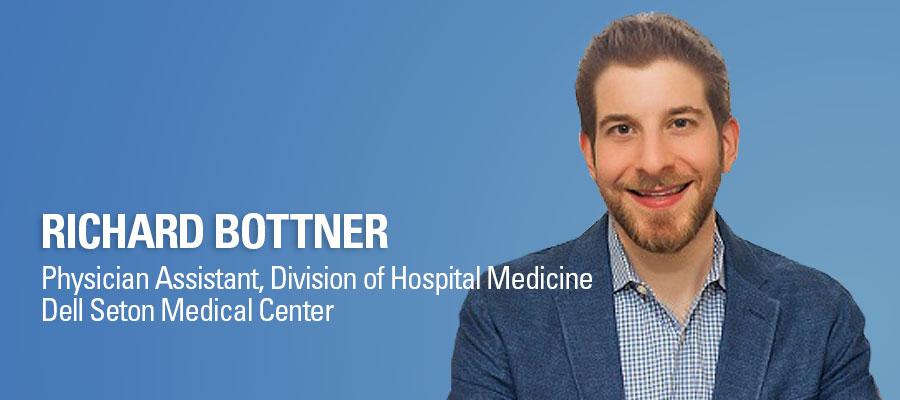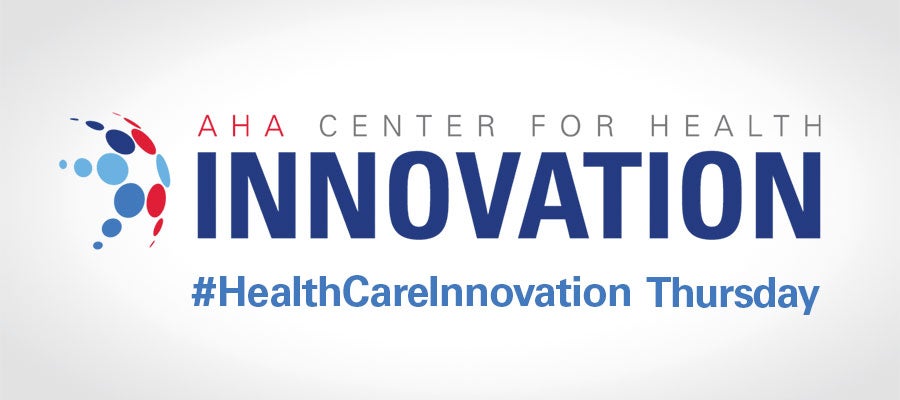Addressing the Opioid Crisis: Hospital Team Sets up Patients for Successful Treatment and Recovery


During the COVID-19 pandemic, opioid overdoses have skyrocketed — doubling in some places from just one year ago. Physical isolation, disruption in regular access to treatment and resources, financial concerns, and fear about the future of COVID-19 have created a tumultuous situation for some people with substance use disorder.
For more than a decade, the growing opioid crisis in the U.S. has prompted robust discussion at hospitals and health systems. Many of the resulting interventions have focused on prescribing, and the country has made a lot of headway in that area. But focusing on prescribing alone is likely to reduce deaths by only 5% by 2025.
The take-home message is that we treat patients with substance use disorders like people — and not like problems — by using evidence-based and interprofessional approaches.
About two years ago, the Buprenorphine Team — or B team — was formed at Dell Seton Medical Center in Austin, Texas, in collaboration with Dell Medical School at the University of Texas at Austin. Our goal is to offer Food and Drug Administration (FDA)-approved medications for patients with opioid use disorder who are admitted to the hospital and then transition that care to the community setting at discharge. Results have been strong, and we’re working to expand the program and share this innovative approach with other hospitals.
Initiating Effective Treatment and Recovery with Buprenorphine
In many hospital settings, the vast majority of care teams address opioid use disorder by solely offering management of withdrawal. When patients with opioid use disorder leave the hospital without access to any substance use resources or initiation of pharmacotherapy for treatment, as many as 80% will return to using drugs within 30 days. Research shows that initiation of buprenorphine in a hospital setting can effectively treat withdrawal and reduce drug cravings — and improve chances for recovery after discharge. This became our B team’s focus, in addition to creating pathways for access to methadone, naloxone, peer recovery and other harm reduction services.
Though buprenorphine is easy and safe to administer, it typically is not started in the hospital in large part due to the absence of education. Historically, the topic of addiction has not been covered well in medical, nursing or pharmacy training. That’s changing as more health care professionals are taught these vital principles as part of early clinical education. In the meantime, we need to develop succinct and hospital-specific learning opportunities about appropriately and effectively addressing addiction during hospitalization.
Our hospital, like most, does not have dedicated addiction medicine services, so we created the B team. The team includes physicians, nurses, pharmacists, social workers, chaplains and other health care professionals — including a peer recovery specialist — from internal medicine, psychiatry and palliative care.
Primary care teams in the hospital refer patients to our team and, after reviewing each chart, we meet with patients to provide support and explore treatment options. Patients who choose to start therapy while hospitalized are screened by a prescriber with buprenorphine-specific training. An order set is activated, and a nurse-driven protocol is started. Patients receive ongoing counseling during hospitalization, and those who decline medication for treatment still receive this counseling and support.
Key Learnings
Our Buprenorphine Team has worked with more than 200 patients since we started the program. We emphasize developing a plan of care in concert with the patient that is focused on their needs and stage of readiness for change. For many patients, that means initiating buprenorphine during hospitalization and entering a treatment program at discharge. For some patients, that means providing support from a peer specialist.
The take-home message is that we treat patients with substance use disorders like people — and not like problems — by using evidence-based and interprofessional approaches. This appears to result in increased adherence with the medical plan of care, decreased discharges against medical advice, and greater fulfillment and job satisfaction among members of our care team.
Importantly, we do not advocate for hospitals to become treatment centers. Rather, we support hospitals doing exactly what they do best: focusing on the acute medical needs of people in their communities.
Addressing the crisis and chaos that often results from severe substance use disorders as part of acute hospitalization and transitioning that addiction-related care to an outpatient clinic at discharge is the right thing to do. In our experience, partnering with such community-based clinics and building relationships with them help to make patients’ treatment and recovery successful.
Other key learnings from our team about using buprenorphine to treat opioid use disorder include:
- Develop an intervention-focused, multidisciplinary approach. As mentioned, we don’t have dedicated addiction medicine services at our hospital. What we do have is a group of health care professionals who are passionate about providing people with opioid use disorder access to appropriate and effective treatment, including buprenorphine.
- Have support from the hospital’s executive leadership team. Buprenorphine is a cost-effective medication, and approval for it to be included on the hospital formulary should be obtained by working with the hospital’s pharmacy and therapeutics committee. (It may already be on the list of approved inpatient medications.)
- Prioritize education, training and awareness. Over time, a team focused on this work can help change the culture of treating patients with opioid use disorder, and other substance use disorders as well.
- Take time to learn about the structural, economic and political issues specifically related to substance use disorders. They are plentiful and often rooted in drug policy at the state and national levels, with important intersections around the criminal justice system and structural racism. Appreciating these disparities is critical to connecting with and advocating for patients.
- Don’t let perfect be the enemy of good. We started our work with a team of four on a single nursing unit. We have grown over time, and we now number about 15 interprofessional practitioners — all volunteers who are passionate about this work. Such enthusiastic providers are in every U.S. hospital, ready and poised to contribute to this important model of care.
- Emphasize how this treatment is appropriate, safe and cost effective for the hospital and community. Free resources exist across several organizations, including from the California Bridge program.
Addressing Stigma
Our team has started focusing on how to address stigma and improve our interactions with patients — not only those with opioid use disorder but also patients with other substance use disorders. Our team’s focus on opioids has prompted conversations about alcohol use disorder. Similar to opioid use disorder, patients with alcohol use disorder can have long, complicated hospitalizations. Once hospitals have built a system of care for working with patients with opioid use disorder, they can apply the same lessons learned to alcohol use disorder as well. The B team’s work has opened the door to having conversations on these issues at our hospital and also led to the creation of Reducing Stigma Education Tools (ReSET).
Expanding This Work and Changing Culture
Our ultimate goal is to involve more and more people at the hospital so, over time, our B team is no longer needed. That will require a shift in culture of care at the hospital. We want to empower capable, compassionate caregivers already in the hospital to handle this work.
It is important for people to see opioid use disorder as a medical diagnosis that is treatable. Taking on this work may seem intimidating because of the stigma associated with substance use disorders. Once hospitals start doing the work, care teams will realize, like we did, that it is easy and effective — and very rewarding.
Richard Bottner is a physician assistant, Division of Hospital Medicine, at Dell Seton Medical Center in Austin, Texas, and an affiliate faculty member of the Department of Internal Medicine at Dell Medical School at the University of Texas at Austin. He was a member of the advisory group for the AHA’s Stem the Tide: Opioid Stewardship Measurement Implementation Guide, released this year.
Bottner was interviewed by Elisa Arespacochaga, vice president of AHA’s Physician Alliance, in the Advancing Health podcast “Changing the Way We Approach Opioid Use Disorder.”
The opinions expressed by the author do not necessarily reflect the views of the American Hospital Association.

